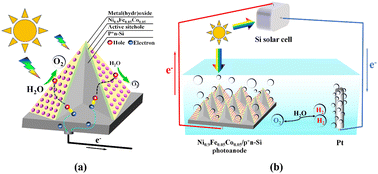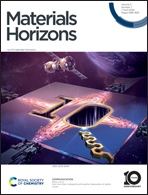Advances and challenges in the modification of photoelectrode materials for photoelectrocatalytic water splitting
Abstract
With the increasing consumption of fossil fuels, the development of clean and renewable alternative fuels has become a top priority. Hydrogen (H2) is an ideal primary clean energy source for its extremely high gravimetric energy density, carbon-free combustion, and abundant natural resources. Photoelectrocatalytic (PEC) water splitting is among the most promising approaches for converting sunlight and water into H2. However, the cost-effectiveness and the overall solar to hydrogen conversion efficiency of PEC water splitting are still big challenges. In the past few decades, several studies have been devoted to this technology, and it is essential to develop economical photoelectrocatalysts with high conversion efficiency. Therefore, there is an urgent need for a comprehensive and updated review of recent advances in the design, manufacture, and modification of efficient PEC water splitting systems. This review first starts with the basic mechanism of photoelectrochemical water splitting. Then the problems in PEC water splitting are discussed, and the methods of photoelectrode modulation such as nanostructure fabrication, doping engineering, surface modification, and heterojunction construction are introduced. Finally, the critical challenges and future trends/perspectives in the PEC water splitting are discussed.

- This article is part of the themed collections: Recent Review Articles and #MyFirstMH


 Please wait while we load your content...
Please wait while we load your content...